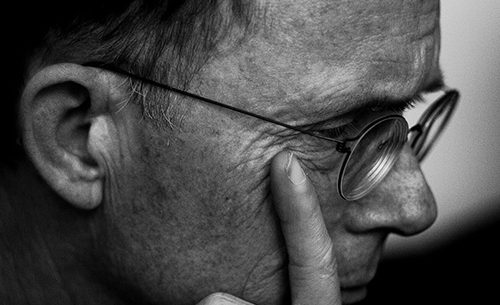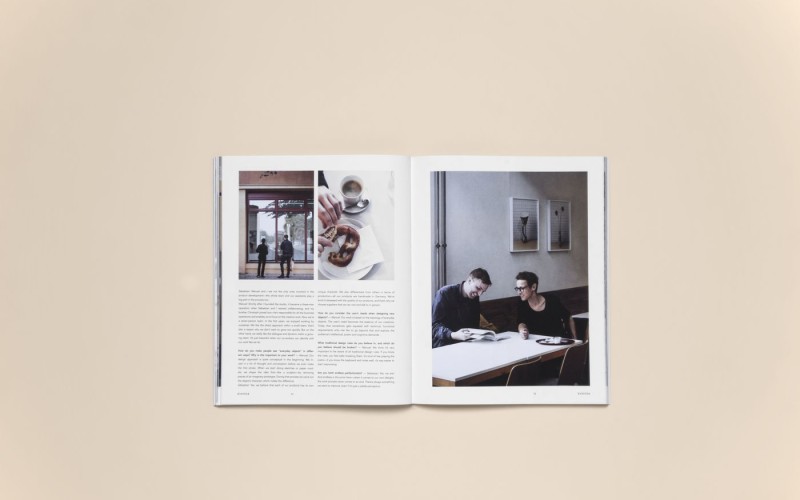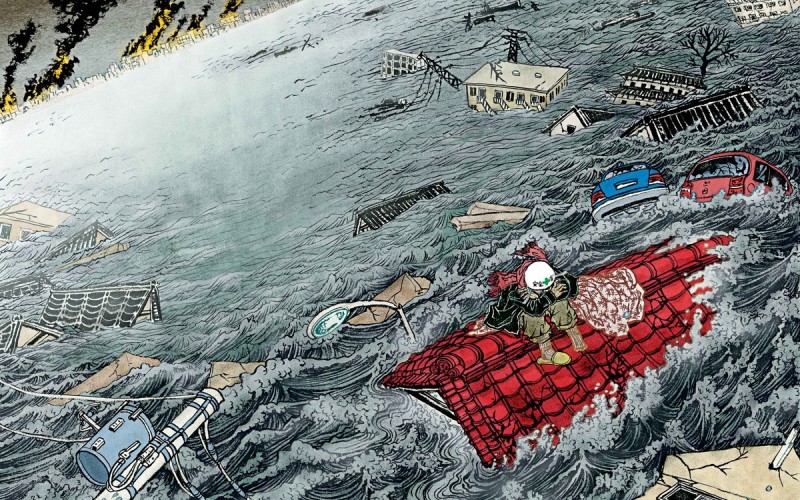Back to the Future

How far into the future can futuristic fiction see? What does it sense in the present that can then be projected into its vision of the world to come? What happens to climate change, stock market shudders, global inequality, and undocumented labor when you fast forward in time? Who does Donald Trump become when you give him half a century more?
William Gibson is the writer we’re often told has the answer to these questions about fictional foresight. An American who has lived in Vancouver, Canada since the 1960s, Gibson is a one-man brand for speculative fiction, a sort of Steve Jobs of prose narrative, the man who—as a note in a recent MoMA exhibition put it—is “credited with having coined the term ‘cyberspace,’ and having envisioned both the Internet and virtual reality before either existed.” Gibson’s recent collection of essays, Distrust That Particular Flavor, shows him writing on the future for Wired, Time, Rolling Stone,Forbes, and the Whole Earth Catalog, and addressing audiences at the annual BookExpo America in New York and the Director’s Guild in Los Angeles. Taken together, all of this makes his latest novel, The Peripheral, appear as much the expression of an entire culture as a book written by a single person, a vision of the future that comes to us with the stamp of approval of the West’s most powerful cultural arbiters.
Read the rest of this article at Dissent Magazine
The Last Lifestyle Magazine

One evening in Hawaii in 2009, a lanky young man named Nathan Williams led his girlfriend Katie into a forest near the beach. They were both students at the nearby Honolulu campus of Brigham Young University, and unbeknownst to Katie, that morning Nathan had come across a cozy bower and worked with a few friends to string up 200 battery-powered tea lights in the branches of a tree. After leading Katie into the clearing, Nathan proposed to her. She said yes, and then the two sat down to a picnic of “brie and crackers and cute little food,” Katie later recalled.
Two years later, Nathan and Katie, along with another Brigham Young couple named Doug and Paige Bischoff, founded Kinfolk, an $18 minimalist print quarterly that has become the go-to lifestyle magazine for a certain type of pour-over-loving millennial. Despite a relatively small circulation of 85,000 (for comparison, The Atlantic boasts 486,000; the New Yorker, 1,055,542; and Cosmopolitan, 3,015,858), Kinfolk can feel surprisingly omnipresent.
Walk into a tasteful design store, carefully curated fashion boutique, or immaculate Airbnb loft anywhere in the world, and you’re likely to find its pristine pages laying in wait, the way bibles nestle in hotel drawers to comfort sinners. All the ideals that now make the publication so instantly recognizable were already present in Nathan’s fairy-tale proposal: close friends, home-cooked meals, and a nostalgia for a simpler way of life.
Over the past five years, Kinfolk‘s signature aesthetic has birthed a sprawling empire. Its umbrella includes translated international editions, clothing lines, a boutique creative agency, and a new print title launching later this year, as well as two books, The Kinfolk Table and The Kinfolk Home, that have sold hundreds of thousands of copies. The last lifestyle magazine to arrive before multimedia social networks truly took hold, it’s equally relevant in print and on-screen. On Instagram, #kinfolk and related hashtags like #liveauthentic collect millions of posts from loyal fans who style their own lives in the magazine’s image.
Read the rest of this article at Racked
The Obama Doctrine

Friday, august 30, 2013, the day the feckless Barack Obama brought to a premature end America’s reign as the world’s sole indispensable superpower—or, alternatively, the day the sagacious Barack Obama peered into the Middle Eastern abyss and stepped back from the consuming void—began with a thundering speech given on Obama’s behalf by his secretary of state, John Kerry, in Washington, D.C. The subject of Kerry’s uncharacteristically Churchillian remarks, delivered in the Treaty Room at the State Department, was the gassing of civilians by the president of Syria, Bashar al-Assad.
Read the rest of this article at The Atlantic
The Man Who Sold the Eiffel Tower. Twice.

The air was as crisp as a hundred dollar bill, on April 27, 1936. A southwesterly breeze filled the bright white sails of the pleasure boats sailing across the San Francisco Bay. Through the cabin window of a ferryboat, a man studied the horizon. His tired eyes were hooded, his dark hair swept backwards, his hands and feet locked in iron chains. Behind a curtain of grey mist, he caught his first dreadful glimpse of Alcatraz Island.
“Count” Victor Lustig, 46 years old at the time, was America’s most dangerous con man. In a lengthy criminal career, his sleight-of-hand tricks and get-rich-quick schemes had rocked Jazz-Era America and the rest of the world. In Paris, he had sold the Eiffel Tower in an audacious confidence game—not once, but twice. Finally, in 1935, Lustig was captured after masterminding a counterfeit banknote operation so vast that it threatened to shake confidence in the American economy. A judge in New York sentenced him to 20 years on Alcatraz.
Read the rest of this article at Smithsonian
Japanese Tsunami, 5 Years Later: The Man Who Sailed His House
Two days after the Japanese tsunami, after the waves had left their destruction, as rescue workers searched the ruins, news came of an almost surreal survival: Miles out at sea, a man was found, alone, riding on nothing but the roof of his house. Michael Paterniti tells his astonishing tale

Later, lost far at sea, when you’re trying to forget all you’ve left behind, the memory will bubble up unbidden: a village that once lay by the ocean.
Here are the neatly packed homes with gray-tiled roofs over which the mountains rise in rounded beneficence, towering over lush rice fields that feed a nation. Here are the boats that fish the sea, in all of its blue serenity, and the grass in all of its green. There is such peace in this picture of abundance: lumber from the mountain, rice from the field, fish from the deep ocean. People want for nothing here.
This village woven together by contentment is yours, Hiromitsu, and it is here, in the memory of it whole, that you know yourself best, the fourth-generation son of rice farmers. Here among a hundred wooden houses is the concrete one your family built. The house is made with metal pilings, which by your calculations will stand any high tide or errant wave. On your verdant plot a mile from the sea, a garden bursts with peonies, outbuildings sag, a koi pond teems. Here you live with your wife, Yuko, to whom you daily profess your love, and your parents, whom you still honor with the obedience of a child. In the barn are the pigeons you adore, for there’s no more beautiful sight in the world than a flock mystically circling deep in the sky, then suddenly one breaking for home, wings aflutter, straining, as if to say, I’m here.
Read the rest of this article at GQ



